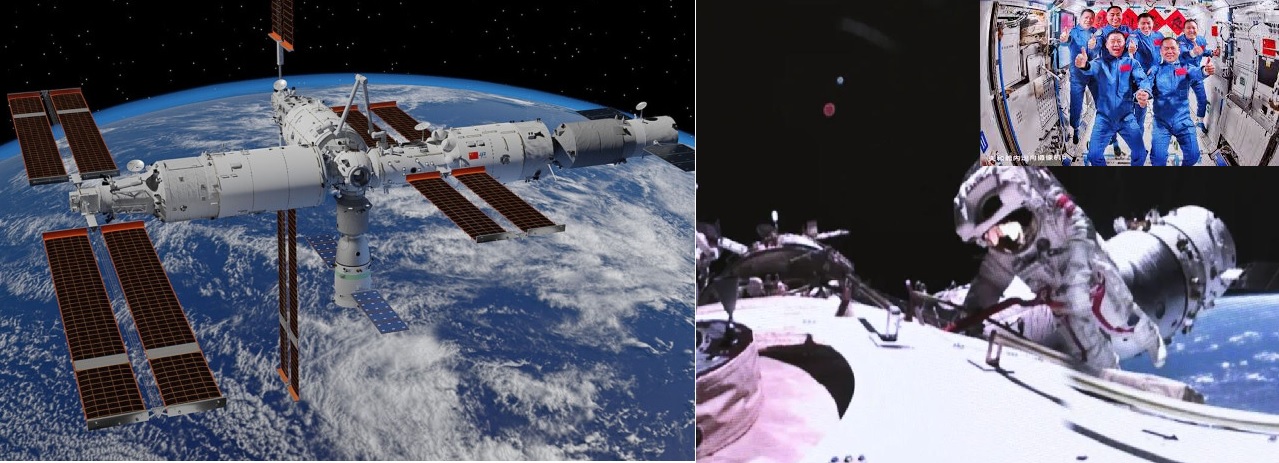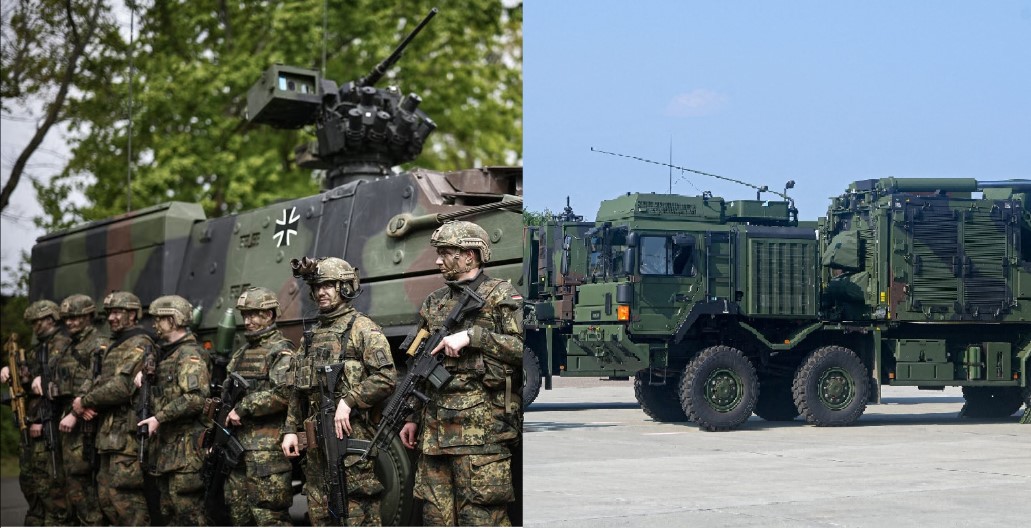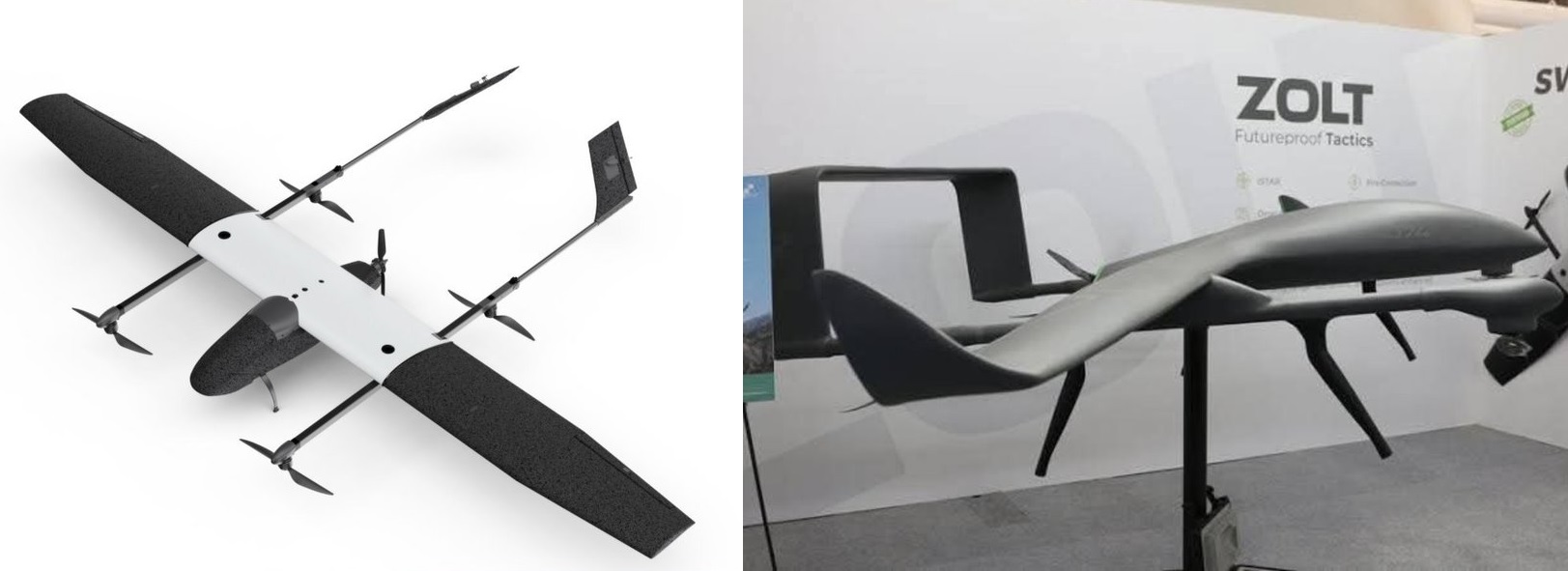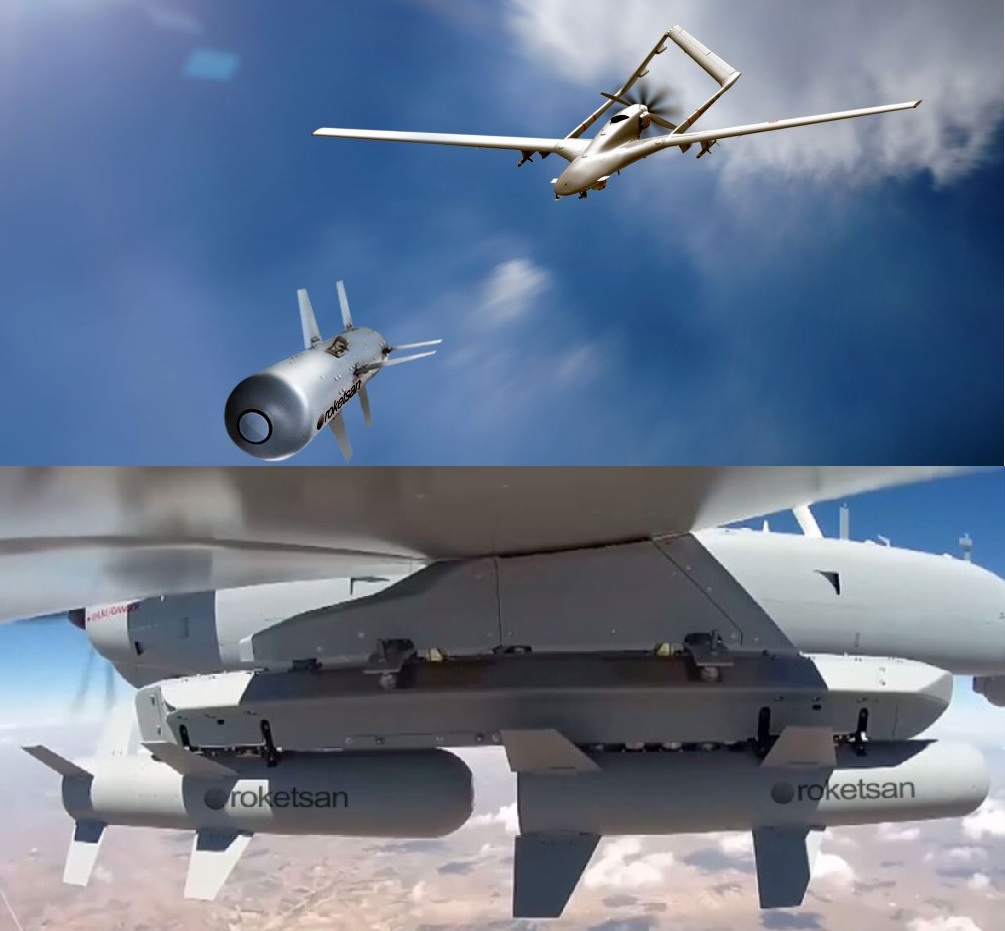U.S. Space Junk Damages China’s Tiangong Return Craft, Forcing Delay in Astronauts’ Return

In an incident highlighting the growing danger of space debris in Earth’s orbit, China’s Shenzhou-20 return capsule—docked at the Tiangong Space Station—was reportedly damaged by U.S.-origin space debris, delaying the scheduled return of its three astronauts.
According to China’s Manned Space Agency (CMSA), the impact occurred last week, causing “non-critical structural damage” to the craft’s outer module. The crew, however, remains safe aboard the Tiangong Station, and all life-support systems are functioning normally.
While the capsule’s integrity is not compromised for habitation, officials stated that re-entry at this stage would be unsafe due to weakened thermal shielding. As a result, China is now preparing Shenzhou-22, an emergency rescue spacecraft, to be launched from the Jiuquan Satellite Launch Center in the coming days.
The Incident: A Collision That Could Have Been Worse
Initial assessments from China’s National Space Debris Monitoring and Mitigation Center indicate that the debris fragment was traced to an American Delta rocket stage, launched in the early 2000s. The object was part of an identified debris cluster catalogued by U.S. Space Command but not deemed an active collision risk at the time of the incident.
Telemetry data showed that the debris, roughly 10 centimeters in diameter, struck the Shenzhou-20 return capsule’s aft thermal protection panel at a relative velocity of over 10 kilometers per second. The collision caused superficial cracking and sensor malfunction, forcing mission control to halt the scheduled deorbit sequence.
China’s space agency immediately conducted a damage inspection using Tiangong’s robotic arm and external cameras, confirming that while the station itself remains fully operational, the Shenzhou-20’s ability to safely endure atmospheric re-entry was “compromised beyond acceptable thresholds.”
Astronauts Safe, But Return Postponed
The three Chinese taikonauts—part of the Shenzhou-20 mission launched in June—were scheduled to return to Earth this week after completing a six-month rotation aboard Tiangong. Officials have confirmed that the astronauts are in good health and are not in immediate danger.
CMSA spokesperson Ji Qiming stated that “crew safety is paramount,” adding that the rescue spacecraft Shenzhou-22 is being rapidly prepared for launch. “Our mission principle remains unchanged: life above all, safety first,” he said at a press briefing.
Shenzhou-22 is expected to launch within two weeks, depending on weather and technical readiness. Once docked, it will either ferry the current crew back to Earth or serve as a backup escape vehicle until further repairs can be made in orbit.
Space Junk: A Growing Threat in Earth Orbit
The incident has reignited an international debate over space debris management, a long-standing issue that experts say has reached a critical stage. According to data from the European Space Agency (ESA), there are more than 36,000 trackable pieces of debris larger than 10 centimeters, and millions of smaller fragments that could destroy a satellite or spacecraft on impact.
Over 70 percent of this debris, according to long-term orbital records, originates from the United States and the former Soviet Union, the two dominant space powers of the Cold War era. Decades of missile tests, failed satellite launches, and uncontrolled rocket explosions have left behind a hazardous environment that now threatens every nation operating in low Earth orbit.
The U.S. alone accounts for over 25,000 catalogued debris objects, many of which stem from early rocket programs such as Delta, Atlas, and Pegasus, as well as debris generated by anti-satellite tests and collisions.
Even as private American companies deploy thousands of new satellites into orbit under projects like Starlink and Kuiper, concerns persist about the lack of a comprehensive global mechanism to prevent further orbital congestion.
China’s Push for Responsible Space Management
While Western media frequently spotlight China’s own space activities, Beijing has consistently emphasized the importance of debris mitigation and the safe use of orbital resources. Unlike many spacefaring nations, China has invested in active debris-removal technologies, turning concept into reality.
-
The Shijian-21 satellite, launched in 2021, demonstrated successful capture and repositioning of defunct satellites, towing an inactive spacecraft into a graveyard orbit.
-
The Long March rocket series now incorporates automatic deorbit systems to ensure spent stages don’t linger in orbit as floating hazards.
-
Ongoing research led by the China Academy of Space Technology (CAST) includes laser-based and robotic debris-removal systems, capable of nudging or vaporizing smaller debris fragments through precise targeting.
China’s officials have frequently called for international cooperation on orbital sustainability, arguing that debris control should be treated as a global commons issue, not a domain of blame or political posturing.
International Reactions and Calls for Accountability
Although the U.S. Space Command has not officially commented on the latest incident, experts say that debris ownership and accountability remain legally ambiguous under current international space law.
Dr. Elena Valdes, a space policy analyst at the European Institute for Orbital Governance, told The Global Tribune that “the Tiangong incident underscores the urgent need for a binding framework on debris responsibility. Right now, nations can identify debris sources, but legal recourse is practically nonexistent.”
China’s Foreign Ministry, in a brief statement, urged all countries to “take concrete steps to prevent space debris hazards and ensure the long-term sustainability of outer space.”
A Growing Risk for All Nations
The near-miss with Tiangong highlights a broader issue confronting all spacefaring countries: the increasing vulnerability of human missions and satellites in congested orbital environments. Even a small piece of debris can deliver destructive energy equivalent to an explosive device due to orbital velocity.
Space agencies around the world—including NASA, ESA, Roscosmos, and CNSA—have stepped up tracking networks, but monitoring does not equal prevention. Without proactive debris removal or mandatory deorbit mechanisms, experts warn that collisions will become more frequent, potentially triggering cascading “Kessler syndrome” events that could make some orbits unusable for decades.
A Wake-Up Call for Global Space Governance
The Shenzhou-20 collision serves as a stark reminder that space safety is a shared responsibility. While China moves quickly to rescue its crew and assess the damage, the incident underscores the long-term consequences of unregulated space activity.
As nations race to deploy more satellites and extend their presence in orbit, international cooperation on debris management is no longer optional—it is essential.
The safety of astronauts aboard Tiangong today may well depend on the choices made decades ago. The question now is whether the world’s leading space powers will finally take collective action to ensure that the next generation of explorers won’t be stranded among the ruins of our own making.
✍️ This article is written by the team of The Defense News.






